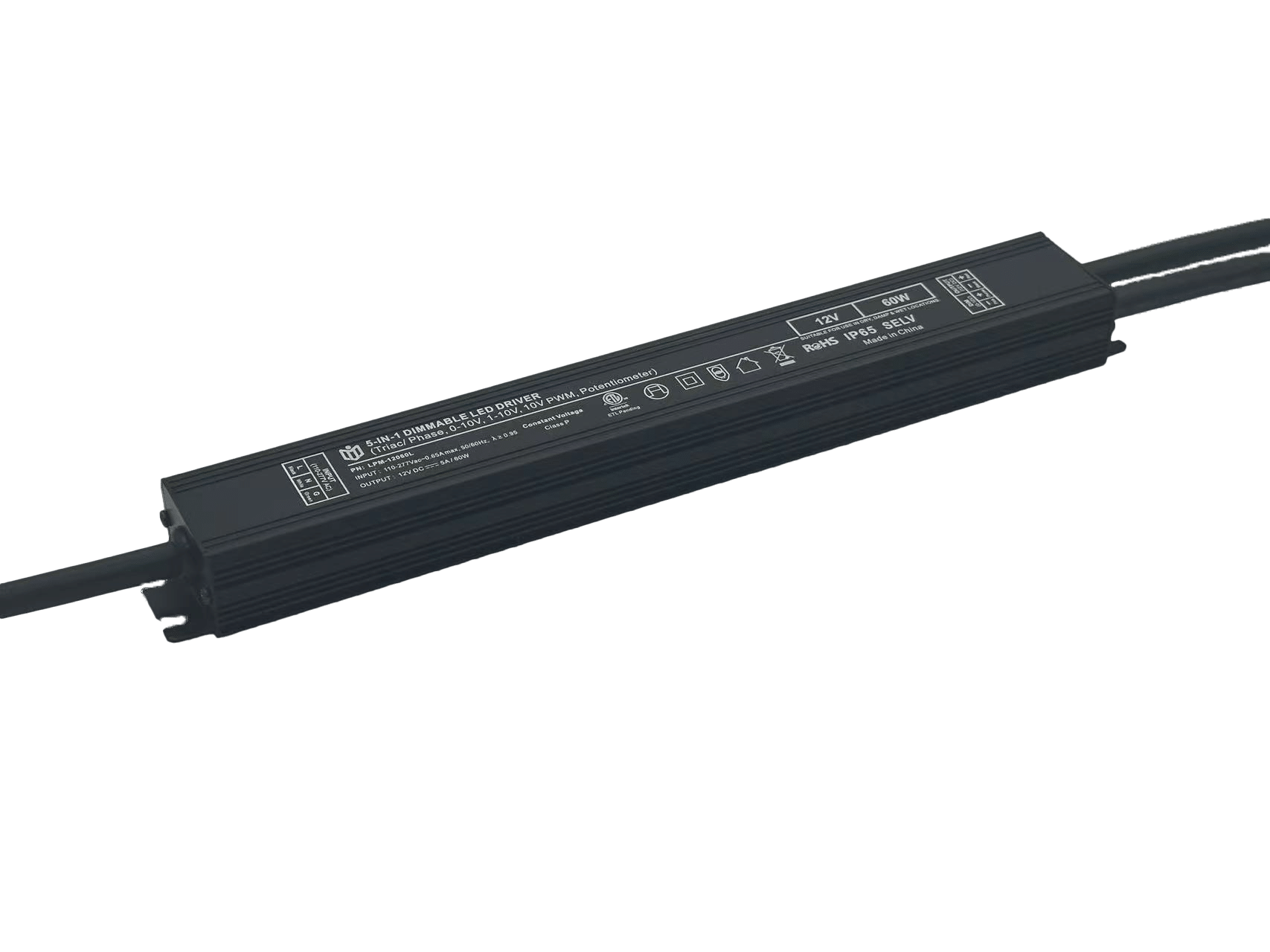Why are LED dimming power supplies called the invisible heroes of the smart era?
Engineering Precision Beneath Every Glow
Modern LED fixtures owe their adaptive radiance to specialized power supplies capable of microsecond-level current modulation. Unlike crude on/off switches, these units employ pulse-width modulation (PWM) technology to achieve thousands of dimming levels without color shift—a critical feature for museums preserving artwork integrity or hospitals maintaining circadian rhythm therapy schedules. Their compact form factors integrate seamlessly into ceiling voids and furniture frames, operating silently while managing thermal loads across temperature extremes from -40°C server farms to desert construction sites.
Silent Orchestrators of Ambient Intelligence
When paired with motion sensors and daylight harvesting algorithms, dimmable drivers become neural nodes in building ecosystems. A café’s morning boost automatically fades to warm evening tones via occupancy data; corporate lobbies transition from presentation mode brightness to video conference softness through calendar integration. These silent conductors process IoT commands faster than human perception thresholds (<16ms latency), ensuring flicker-free transitions that protect eyesight during prolonged exposure—a necessity for surgeons using surgical lamps or esports players battling screen fatigue.

The Backbone of Holistic Sustainability

Beyond aesthetic flexibility lies profound ecological impact. Laboratory tests show properly configured systems reduce consumption by 37% compared to static lighting setups. Smart grid compatibility allows demand response participation where commercial buildings lower peak load contributions during brownout alerts. Retrofitting legacy installations with programmable drivers cuts retrofit costs by eliminating separate control wiring needs, accelerating adoption in historic preservation projects where visible modifications face regulatory hurdles.
Future-Proofing Through Protocol Agility
Emerging Matter protocol support transforms basic power management into bidirectional communication highways. Facilities managers now monitor bulb health metrics remotely, predicting failures before burnout occurs. Hospitality venues program seasonal themes dynamically—pumpkin orange October gradients shifting to icy blue December schemes overnight. Industrial applications leverage emergency mode overrides activating safety pathway illumination instantly when main power fails, demonstrating how foundational components enable mission-critical resilience.
Democratizing Design Possibilities
Architectural visionaries exploit variable intensity curves to sculpt light sculptures across facades, while retail designers create psychological pricing zones through strategic illumination hierarchies. Residential users craft biophilic environments mimicking natural dawn simulations via app controls. Even artistic installations benefit—interactive galleries use positional tracking to adjust beam angles as viewers move, turning passive observation into participatory experiences powered by unseen electrical ballet masters.
This convergence of engineering subtlety and systemic importance positions LED dimming power supplies not merely as components but as civilizational infrastructure—quite literally shaping how humanity experiences illuminated space across every vertical market from deep ocean research stations to Martian colony mockups. Their true superpower? Making complexity disappear until only perfected functionality remains.
 In heritage architecture prote
In heritage architecture prote
 When small-batch customization
When small-batch customization
 Have the electromagnetic emiss
Have the electromagnetic emiss
 When Triac dimmable power supp
When Triac dimmable power supp
